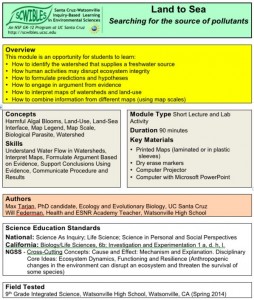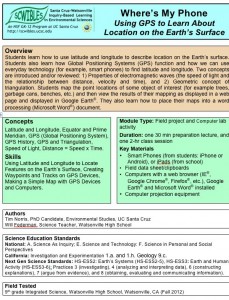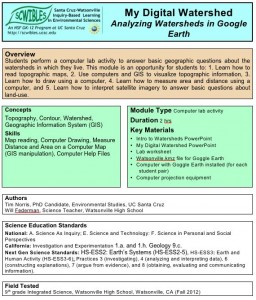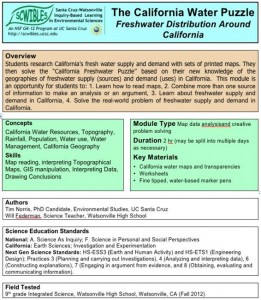 Tools for Uncovering the Human Geography of Pollution
Tools for Uncovering the Human Geography of Pollution
by Jenny Lovell and Dawn Krenz
Environmental Justice (EJ) describes the trend of environmental impacts disproportionately affecting minority communities. It is a great subject to get students engaged about their neighborhoods and health. The Toxics Movement is closely related to EJ and shares the common interest of all people having the right to a clean and healthy environment.
Students learn: 1) How to look up public census data, 2) How to find toxic sites in their neighborhood, 3) How to formulate a testable question regarding census data and toxic sites, 4) How to synthesize data and draw conclusions that answer their questions, and 5) The key components of presenting a social science project to an audience.
Docs: fulltext.docx presentation.pptx activity.docx checklist.docx
Keywords: argument, cause, communication, data, environmental justice, mapping, questions, toxic sites




 Freshwater Distribution Around California
Freshwater Distribution Around California